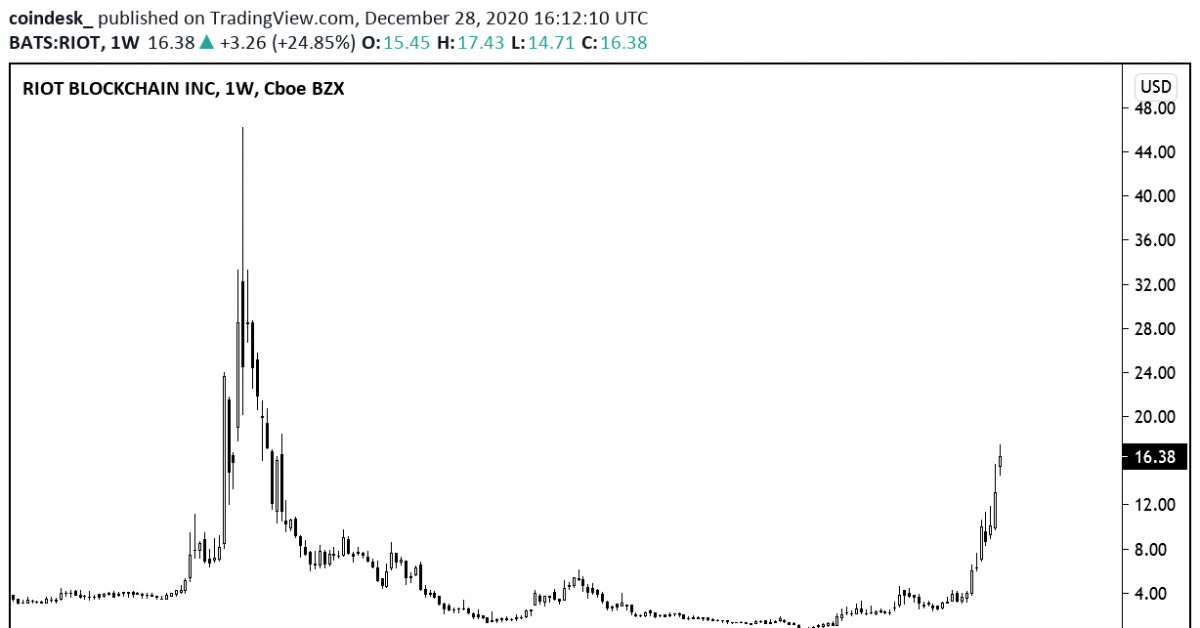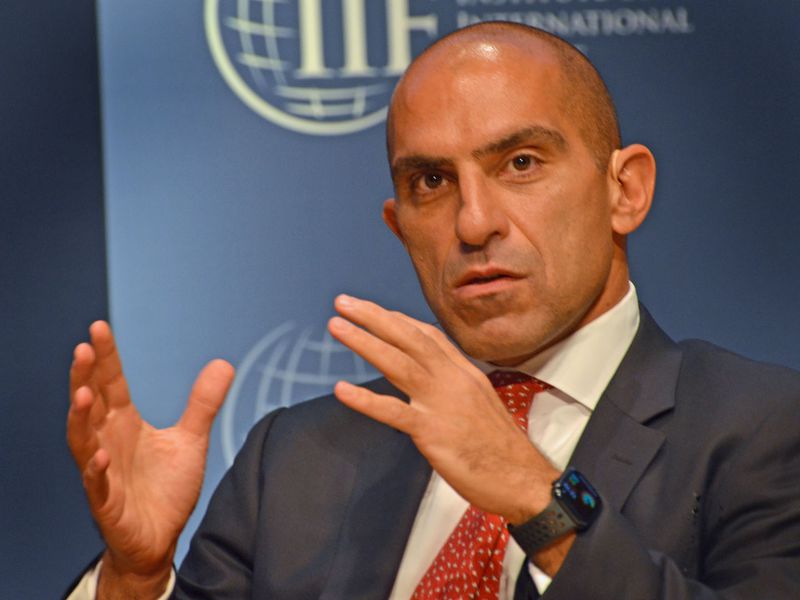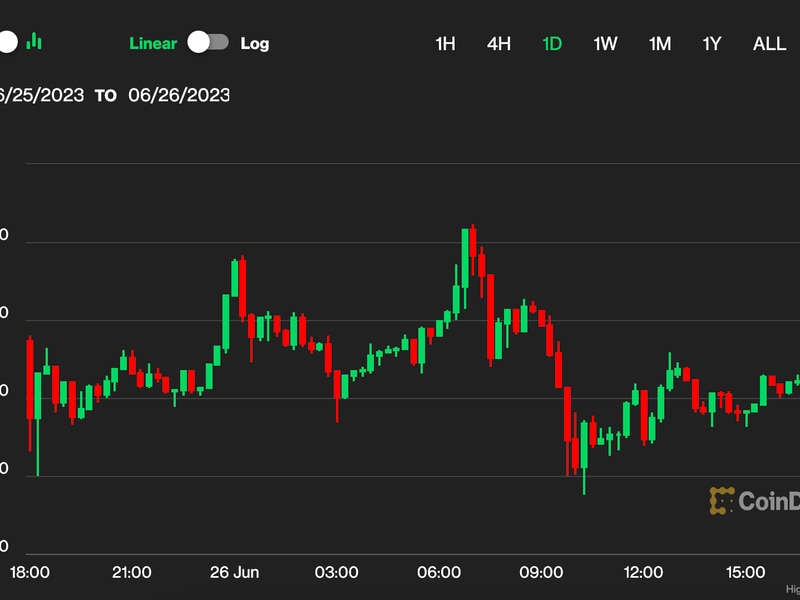Why We Won’t See CBDCs Everywhere
CBDCs have been a hot topic for a while, with governments trialing pilot schemes and conducting research. But it’s all talk. The reality is that globally, CBDCs are going nowhere for at least 20 years.
Research into CBDCs has been going on around the world for the last decade and has increased rapidly over a short space of time. In 2020, only 35 countries were exploring a CBDC – now, according to the Atlantic Council, the figure stands at 134.
But, for all of the countries exploring a CBDC, only three have fully implemented one: the Bahamas, Nigeria and Jamaica. So, while CBDCs might be the current trend, they’re not exactly becoming global reality.
Look, I do get the appeal. As a fully digital form of a country’s currency, they’re essentially the final frontier for a completely digital payments system. They could extend financial services to those who are unbanked, too. Who wouldn’t want to bring financial inclusion and easy, hassle-free payments to the masses?
Blockchain tech has the potential to transform the way we bank, but when you dig down a little deeper into CBDCs, it becomes clear that implementing them on a global scale isn’t feasible.
That’s because countries have to overcome so many hurdles. This is particularly true in the U.S. While global CBDCs would rely on more than just Uncle Sam, it’s a fundamental cog in the grand vision. And the Fed is nowhere near issuing a digital dollar.
First, you’d have to deal with public opinion; CBDCs are too contentious. The consensus worldwide is pretty negative, but nowhere more so than in the U.S. As of May 2023, only 16% of Americans supported the idea of a CBDC (Cato Institute), citing fears of government control. In other countries, CBDCs are less contentious and partisan. Still, according to the CFA Institute, 34% still believe that central banks should not issue digital versions of their currencies.
These digital currencies have become political tools, and not much more. Republicans, including Donald Trump and House Majority Whip Tom Emmer, are staunchly opposed. And, even though Democrat officials have researched a U.S. CBDC, it’s looking unlikely that a Harris-Walz administration would pursue one. I don’t believe that either side will commit to a CBDC, further stalling global implementation.
One of the most compelling arguments for implementing global CBDCs is that they will advance cross-border payments. Our current systems move slowly and cost an excessive amount to operate. It’s estimated that in 2020, $23.5 trillion was transferred across borders, costing a colossal $120 billion to facilitate (Intereconomics), a ridiculous expense.
So, I understand why, if you view CBDCs as a tool to bring these costs down, you’d favor pushing along their development. But the fact remains that to fix cross-border payments through CBDCs, you’d need to rely on solid worldwide geopolitical relationships. And, unfortunately, we don’t have those. The world is too fragmented, too unruly, to allow CBDCs to be implemented globally.
Plus, we’d need to rethink entire financial structures, develop new regulatory frameworks, cybersecurity and data safeguards, and alter our approach to monetary policy. There isn’t the appetite to warrant these changes on a global scale.
At the end of the day, these factors will limit CBDCs around the globe. It’s hard to envisage a world where the benefits outweigh the challenges.
A more realistic way forward is with stablecoins, which bring some of the benefits of CBDCs. Crucially, they are more appealing to the public; they’re decentralized and offer business opportunities.
But besides facilitating crypto trades, unlike CBDCs, we also already have stablecoin success stories. Tether, for example, has taken up approximately 75% of the stablecoin market, and built up a net profit of $5.2 billion in the first half of this year.
And it’s not just economic value that stablecoins bring; they’re optimizing transactions, too. In 2023, Visa announced they were extending their use of stablecoins, integrating Circle’s USDC on the Solana blockchain after a successful pilot. As a result, their cross-border settlement speed accelerated significantly.
So, you see, stablecoins are a more realistic way of unlocking the benefits of CBDCs, and they’re already in use. The U.S. public is less skeptical of them, and they are privately issued, providing economic and business value. This is precisely where the appetite is – stablecoins will be far easier to implement in the short term.
Sure, many countries are actively researching CBDCs, even the ECB has looked into a digital Euro, but when all is said and done, it’s just a trend. The hype will probably continue as governments transition their financial systems to suit the ever-approaching digital transformation, but it doesn’t mean CBDCs will come to fruition.
As soon as central banks see the blockers, they’ll admit defeat. The challenges are insurmountable; that’s why we haven’t seen a CBDC success story yet.
CBDCs might appear exciting at first glance, but lurking underneath the surface is a complex web of problems tying up any chance of global momentum. They’re simply the latest fashion and, if current barriers and backlash are anything to go by, I don’t think we’ll see global, interoperable CBDCs for 20 years. If at all.
Note: The views expressed in this column are those of the author and do not necessarily reflect those of CoinDesk, Inc. or its owners and affiliates.









